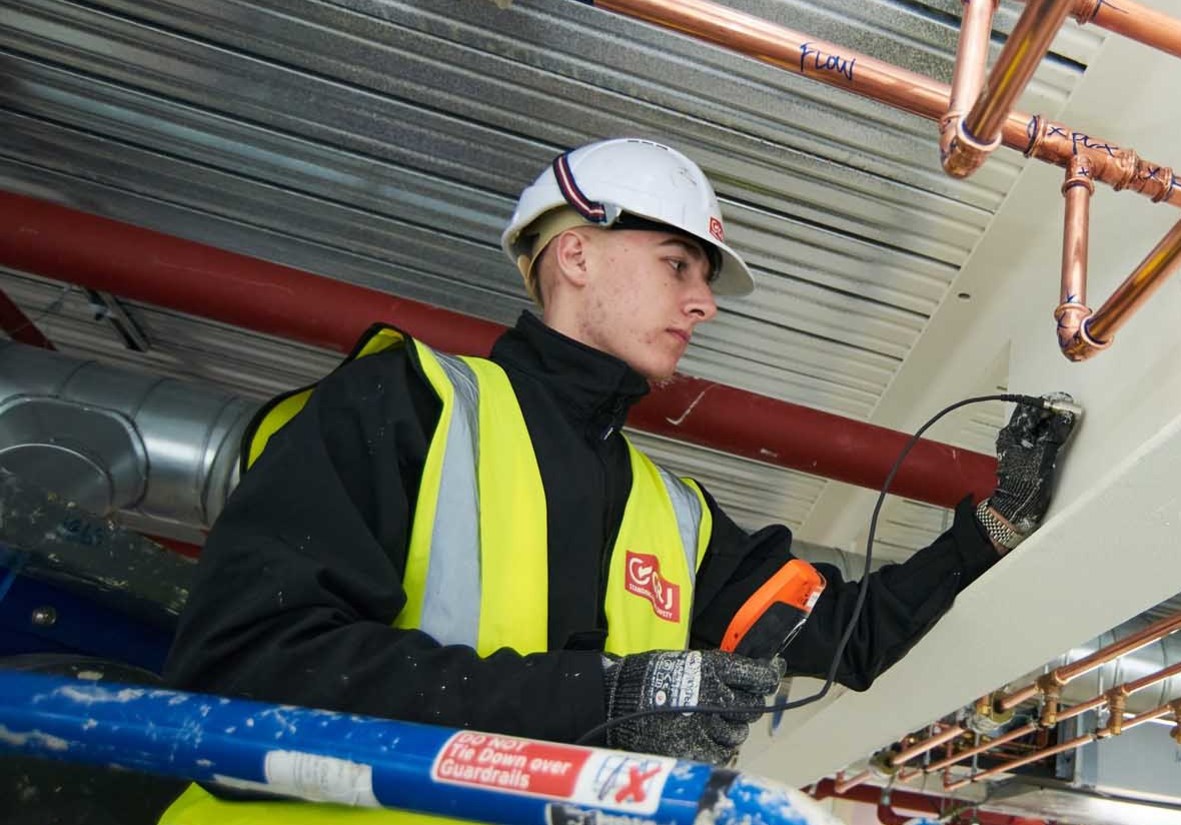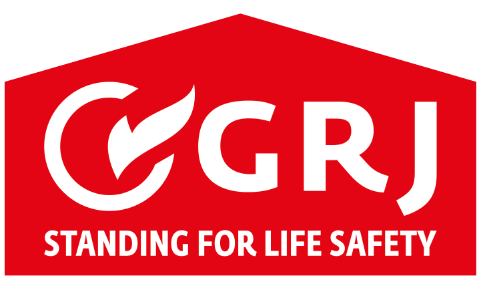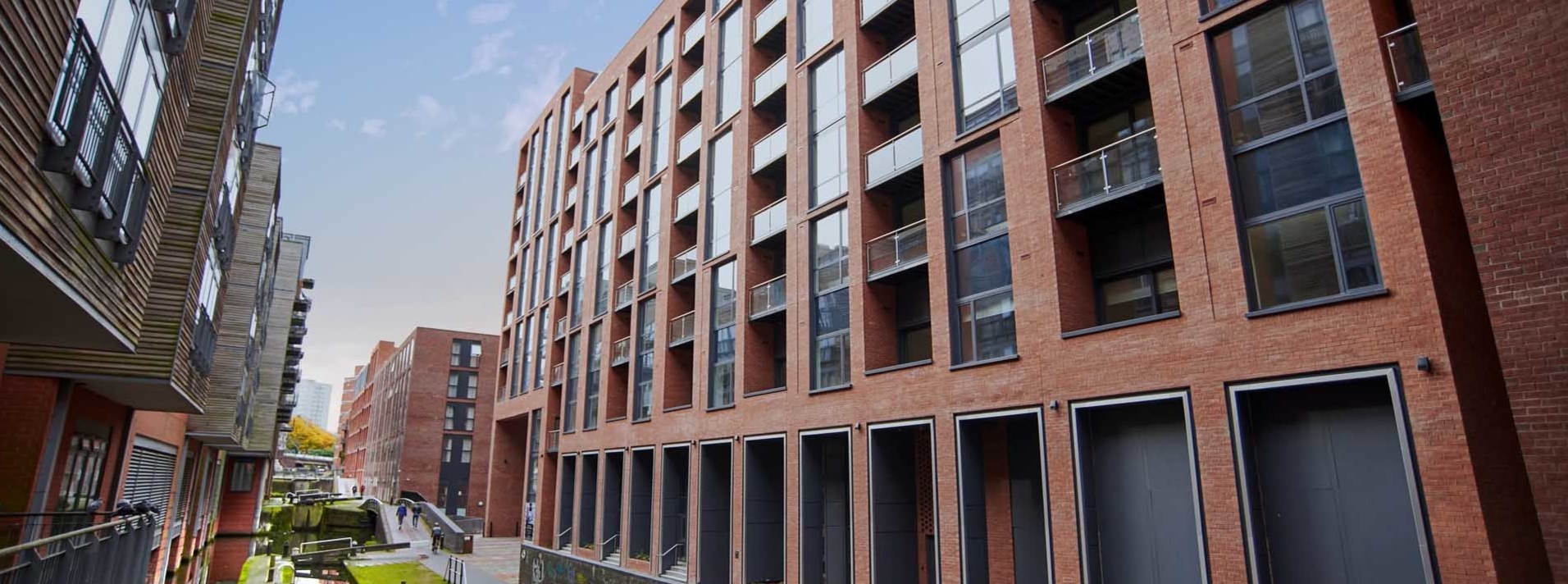Fire Risk Assessment Checklist 2023
Posted on 20th October 2023
As a Responsible Person in a business or multi-storey rented accommodation, you must ensure that a fire safety risk assessment is carried out regularly. If you don’t know where to start, our fire risk assessment checklist will make sure you don’t miss out on anything.
What is a Fire Risk Assessment?
A fire risk assessment is usually conducted by the building’s Responsible Person or another appointed individual. This is done to identify and record any risks at the premise and highlight the actions taken to mitigate them.
If you are the Responsible Person for a commercial premises or a residential building of multiple occupants, you’re required by law to conduct regular fire risk assessments and record any findings.
The full requirements regarding fire risk assessments are highlighted in the Regulatory Reform (Fire Safety) Order 2005.
Your 5-Step Fire Risk Assessment Checklist
The fire risk assessment process consists of a comprehensive inspection of the premises to identify potential hazards. It also involves ensuring there are adequate measures to prevent fire from starting and that there are adequate fire protection measures in place to protect all occupants of the building.
Here is the five-step fire risk assessment checklist you should follow when inspecting your property:
1. Fire Hazards
Fire hazards are present in every commercial premises. When conducting a fire risk assessment, it’s essential to know what could be considered a fire hazard.
You will need to survey the whole property and take note of any fire risks. A fire hazard is anything that can be used as fuel or a source of ignition. Some common fire hazards include:
Faulty or damaged electrical equipment
Overloaded sockets
Improperly stored waste materials
Flammable liquids
Wood or paper waste
Matches, lighter or cigarettes
Pay close attention to detail and ask yourself what could easily catch fire on the premises and whether there is anything that could create a spark or overheat.
Once you have identified what could cause a fire, you should focus on who at the property is at risk.
2. Who is at Risk
Fire poses a significant risk to all occupants in a building, but the risks are greater for certain groups of people. This is why it’s important to identify who is most at risk and what measures should be taken to protect them.
Certain employees, for instance, could be more at risk than others because they use specific electrical equipment or have to deal with flammable substances.
You also need to think about people with mobility issues, disabilities or impaired vision and hearing. They will need more time to evacuate in the event of a fire, so it’s crucial to provide the necessary measures. Those could include access lifts, emergency lighting and passive fire protection elements that limit the spread of flames and smoke.
3. Take Action
The next step is to put an action plan in place. This is a very significant part of the process as you will need to decide what fire safety measures are required and where based on the identified hazards.
At this stage it’s beneficial to get a professional involved as they would be able to make appropriate recommendations. There are two types of fire protection - passive and active. If your building already has passive fire protection, it’s essential to get it surveyed to ensure everything is up to standard.
Failing to comply with the fire safety regulations leaves you open to legal implications in the event of a fire. Which is why it's so important to have all the necessary measures in place.
Some of the fire protection equipment that should be present at your premises includes:
Fire Doors
Fire Compartmentation
Intumescent Coatings
Fire Alarms
Sprinkler Systems
Fire Extinguishers
Emergency Lighting and Signages
4. Record, Plan, Train
The next crucial step is creating a safety plan and providing sufficient training for your staff. You need to make sure all of your staff know how to use the equipment available on-site, run emergency drills and ensure everyone knows where the emergency exits are located.
You should also appoint capable individuals to lead the evacuation process and take necessary actions during a fire.
The latest changes to the Fire Safety Regulations also require you to keep a record of all your findings during your fire risk assessment.
5. Regularly Review
A fire risk safety assessment is not something you should rush. The fire safety of your building depends on it, so you should note everything down to the last detail.
You should review your FRA regularly as circumstances change to make sure that your fire protection is up to date. It’s also recommended that you keep on top of the latest amendments to the fire safety legislations, so you don’t miss any changes that would affect your building.
You can visit the government website for a detailed fire risk assessment form you can use when you have to assess the compliance of your building.
How Often Should a Fire Risk Assessment Be Reviewed?
It is considered standard best practice to review your Fire Risk Assessment annually and document any findings. In addition, in line with the latest regulations, you are required to get a qualified inspector to complete a biannual fire door inspection of your property.
Contact GRJ Surveying
If you need help with your passive fire protection, GRJ is here to help. Our experts can survey your existing passive fire protection, fire compartmentation and fire doors. We can also carry out any remedial work necessary to keep your building compliant with the current regulations.
For more information or to book a survey of your property, please contact our team!

Contact Our Team
For more information about our services, please fill in the form below and a member of our team will be in touch.
Share this post:















